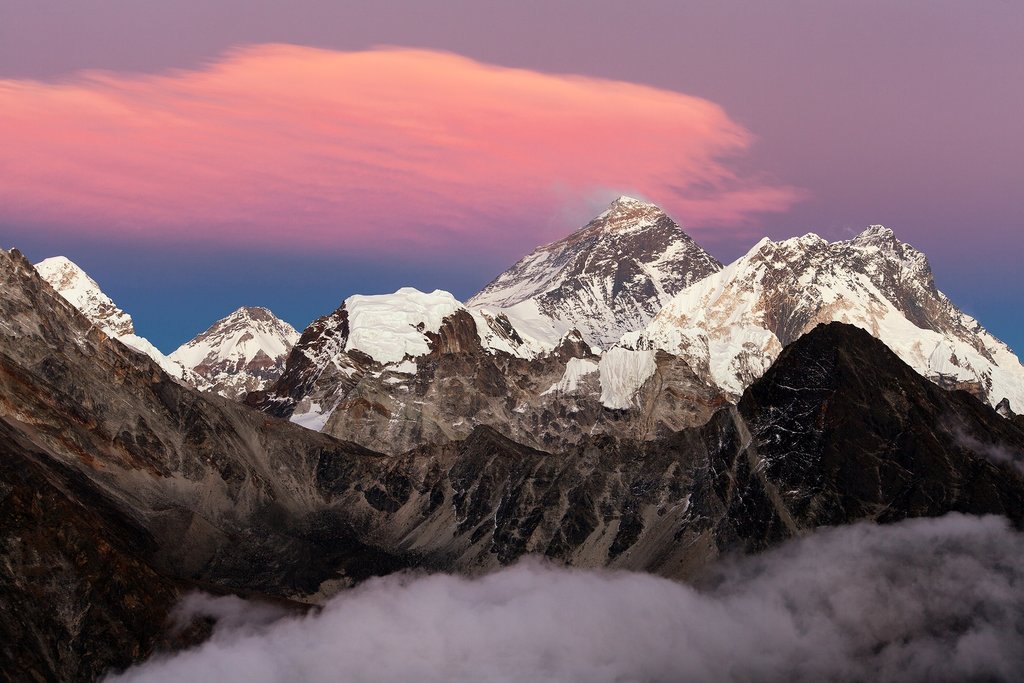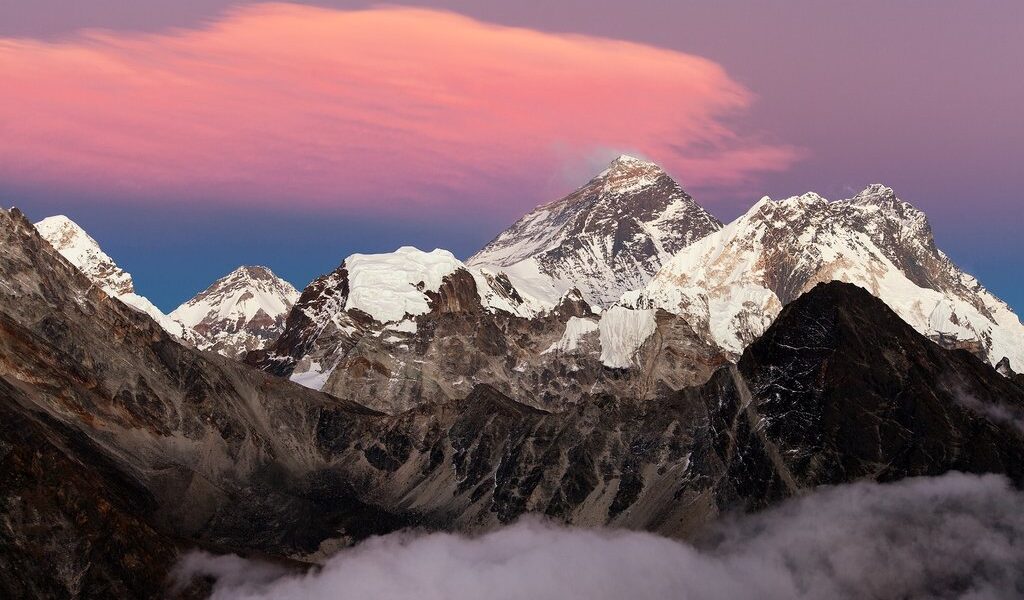
August is the last full month of Nepal’s monsoon—this is the low season for trekking. While you’ll certainly encounter rain, it’s still possible to trek in the Everest Region. Read on for more on weather, recommended routes, a packing list, and more.
## Weather in the Everest Region in August
Nepal experiences its monsoon season starting around mid-June, a period that extends all the way through to mid-September. The renowned **Everest Region**, along with the entirety of the country, typically witnesses its peak annual rainfall during the months of July and August. Interestingly, these months also bring the warmest temperatures of the year to the region. While the high Himalaya is never truly ‘hot’ in the conventional sense, average high temperatures in **Namche Bazaar** during August hover around a comfortable 60°F (16°C). This creates a unique blend of warmth and humidity, a stark contrast to the icy conditions often associated with this mountainous area. Understanding this weather pattern is crucial for planning a trek during this time.
As you ascend higher into the majestic mountains, a noticeable shift in the climate occurs. Temperatures gradually become cooler, and the amount of rainfall generally decreases. However, it’s important to acknowledge the increased risk of landslides, which can potentially obstruct trekking trails during the month of August. Moreover, paths may become muddy and slippery, requiring extra caution while navigating the terrain. Despite these challenges, it’s worth noting that continuous, all-day rain is not the norm. With adequate preparation for potentially wet conditions and a realistic expectation that mountain views may be somewhat obscured at times, undertaking a trek to **Everest Base Camp (EBC)** in August remains a feasible option. Embracing the unpredictable nature of the weather can add an element of adventure to your journey.
## Crowds and Costs During August
August is considered the low season in the **Everest Region**, which translates to fewer crowds along the trails. This can be a significant advantage for trekkers seeking a more solitary and immersive experience. Finding accommodation in teahouses along the way shouldn’t pose a major problem, though it’s worth noting that many establishments may be closed for the season. The reduced number of trekkers also means that you’re less likely to encounter large groups, allowing for a more peaceful and introspective journey. The trails around **Namche Bazaar** will be quieter, allowing more personal interaction with the incredible scenery of Nepal.
## Recommended Trekking Routes in August
Provided you are fully aware that the conditions on the path to **EBC** might not be the most ideal, completing the trek in August is typically achievable. You’ll probably encounter the most significant rainfall at lower elevations, although it’s important to remember that no part of the **Everest Region** can be considered genuinely ‘low’ in altitude. Generally, the higher you climb, the less rainfall you will experience. This is due to various meteorological factors specific to mountainous regions, including orographic lift and temperature gradients.
An excellent alternative strategy for trekking in August is to establish a base in **Namche Bazaar** and embark on various day hikes from there. This approach allows you to explore the wonders of the **Everest Region** without committing to the full trek to **EBC**. Should the rain temporarily disrupt your plans on certain days, you can take advantage of the diverse array of cafes, shops, and cultural attractions that this charming Sherpa town has to offer. Moreover, the likelihood of capturing stunning mountain views immediately after a period of rainfall is quite high. The air is often clearer, and the light can create dramatic and memorable scenes. **Namche Bazaar** is situated approximately two days’ walk from **Lukla**, making it a convenient and accessible destination.
## Essential Items to Bring
Having good quality rain gear is absolutely crucial when trekking in August. Some hikers prefer the convenience of an umbrella, as it helps prevent overheating under layers of waterproof clothing during warmer periods. However, given that temperatures in the **Everest Region** generally aren’t excessively warm, you might find a good raincoat and waterproof trousers to be a more practical choice. This will provide full coverage and protection from the elements.
Equally important is bringing some form of entertainment to help pass the time during potential travel delays or when weather conditions are simply too wet for walking. A good book, an e-reader loaded with reading material, a pack of cards for playing games, or even some sketching supplies can prove invaluable in keeping you occupied and entertained during periods of downtime. Planning for such contingencies will significantly enhance your overall trekking experience.
## Getting To and From the Everest Region
The easiest and, indeed, the only realistic way to access the **Everest Region** in August is by taking a flight from **Kathmandu to Lukla**. The overland routes from **Jiri** or **Phaplu** are highly susceptible to landslides during August, rendering them largely impassable. However, it’s essential to recognize that flying in August can also present its own set of challenges. Flights are often subject to delays or cancellations due to adverse weather conditions, a situation that is exacerbated during the monsoon season. Therefore, it is strongly recommended that you allocate ample time to accommodate potential delays when booking connecting flights out of **Lukla** to avoid missing important international connections.
## August Events and Festivals
While the **Everest Region** itself may not host any specific events or festivals in August, the majority of travelers will inevitably pass through **Kathmandu** during their journey. It is in **Kathmandu** that some noteworthy festivals often occur in August. It’s important to remember that many Hindu and Buddhist festivals follow a lunar calendar, meaning their dates can vary from year to year. Some festivals that might fall in August include:
* **Naag Panchami**: This festival is dedicated to the serpent god, Naag. The most popular place to experience this festival is at **Naag Pokhari**, situated in central Kathmandu.
* **Janai Purnima**: Also known as the sacred thread festival, this is when upper-caste Hindu men replace the sacred threads they wear.
* **Gai Jatra**: Families who have experienced a death in the previous year come out to remember their loved ones, and children often dress up as cows.
* **Krishna Janmasthami**: This festival celebrates the birthday of the Hindu Lord Krishna. The **Krishna Mandir** at **Patan Durbar Square** is the central place of celebration for this event.
* **Teej**: A festival during which Hindu women participate in dancing, prayer, and fasting for the good health of their husbands.
B-1710

